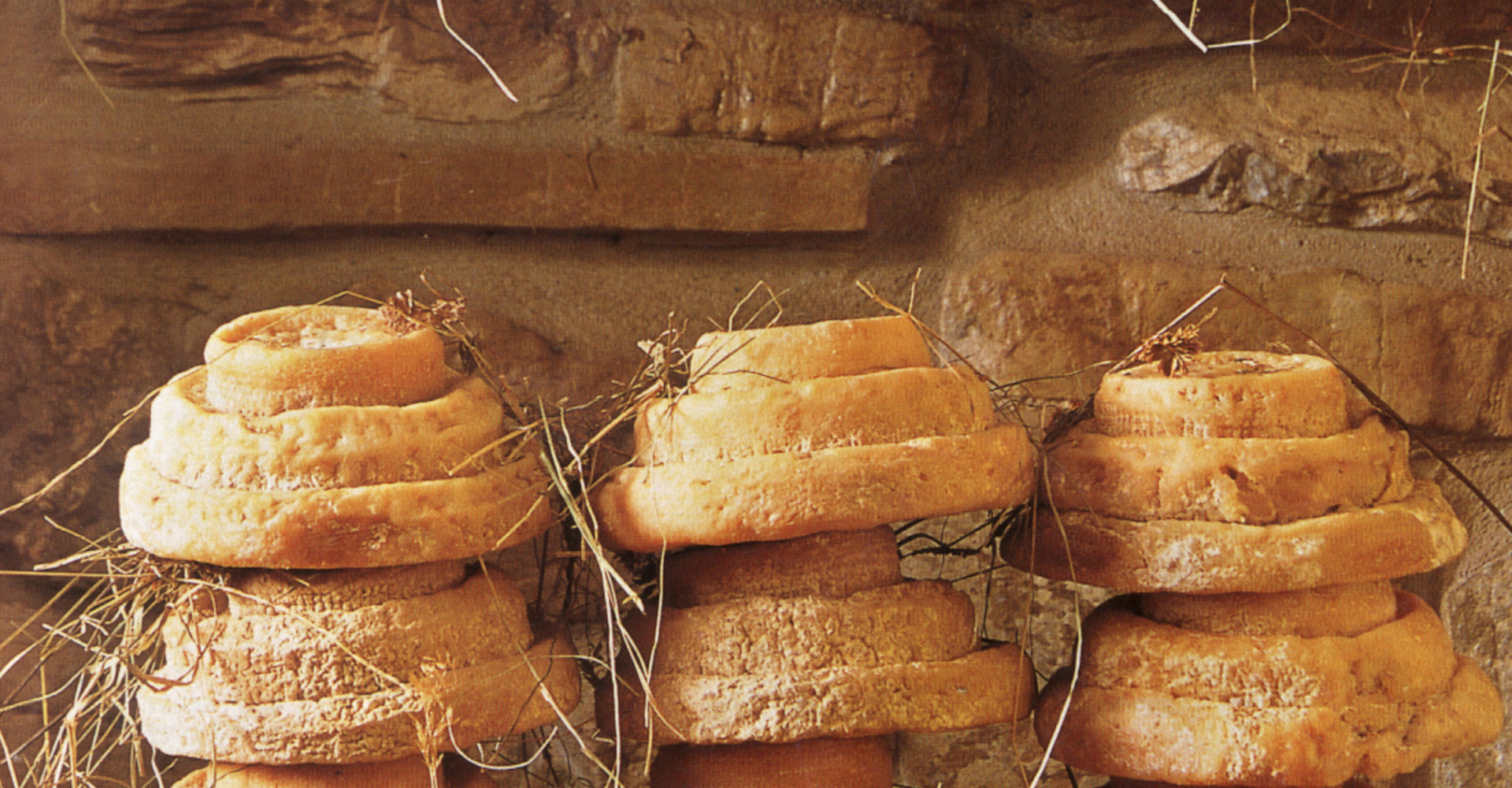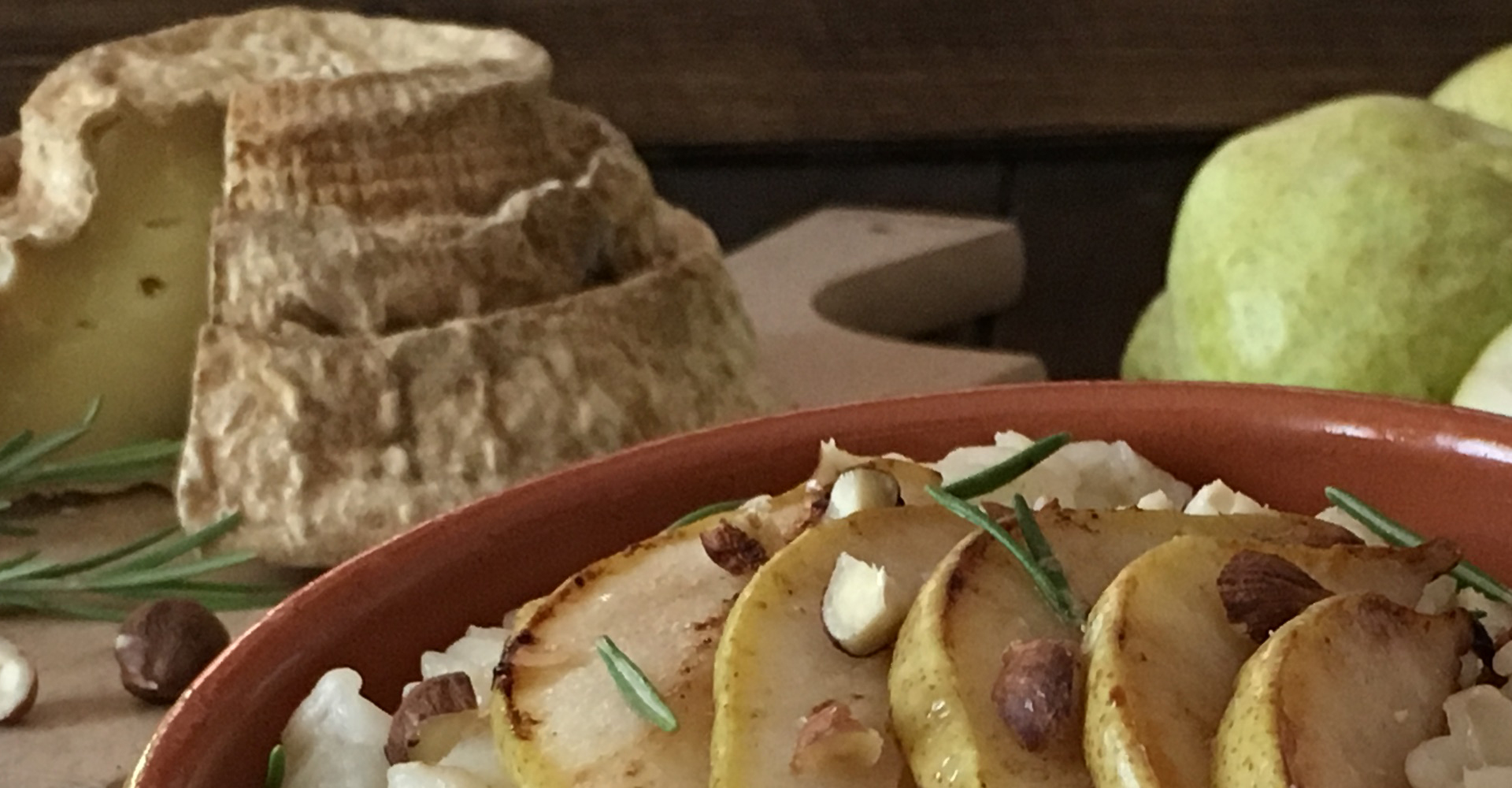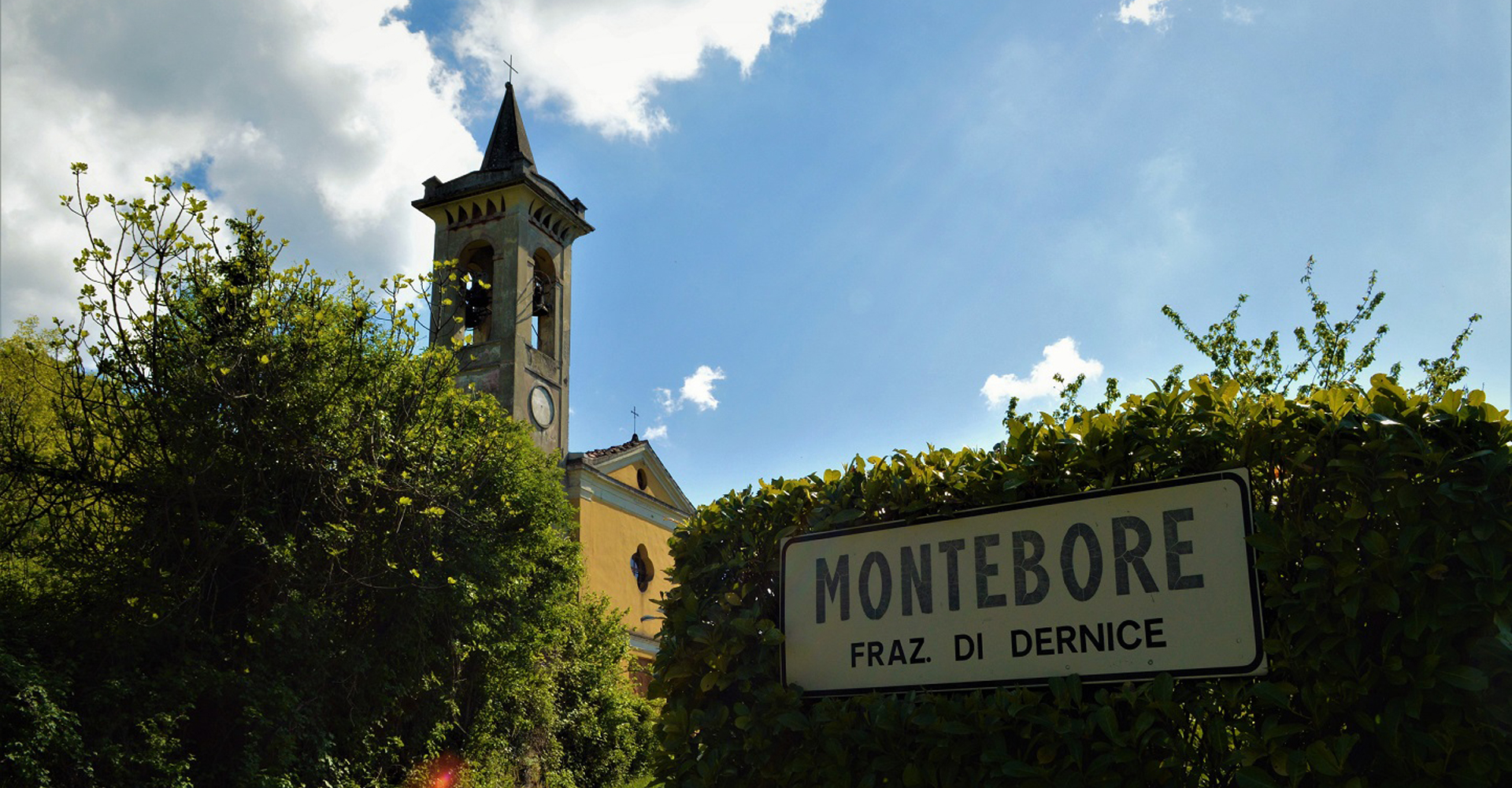


The Montebore tradition
The tradition of Montébore is very ancient and there are different currents of thought on the authorship of the typical wedding cake shape, 3 tiles of decreasing size. There are those who attribute it to the wedding held in Tortona in 1489 between Isabella d’Aragona and Gian Galeazzo Sforza when the only cheese on the menu was Montébore: the shape was interpreted as a tribute to the newlyweds. Others, however, believe that it can be traced back to the towers of the Montébore Castle, a fraction of the municipality of Dernice in the province of Alessandria, whose peculiarity is given by the shape of a wedding cake.
However, the birth of this delicious cheese would seem even older thanks to the dairy art of the Benedictine monks of the Abbey of Santa Maria di Vendersi, located on Mount Giarolo around which the three Valleys Grue, Curone and Borbera developed. And it is precisely in these valleys that farmers produced cheese throughout the year. In the winter they stayed downstream, where the cattle were sheltered in the stables and fed mainly with hay produced during the summer. In summer, however, they moved to the huts together with the cattle that could then feed on fresh grass, rich in nutrients, giving a more intense and full-bodied flavor to the milk, giving life to a cheese with a full, rich and savory taste. Sheep’s milk is less fat than cow’s milk, but the typical pungent and slightly salty flavor gives the cheese a natural spicy note that is enhanced even more with a four or five month aging. Montébore, as mentioned above, is a raw milk cheese, that is, processed as soon as it is milked and therefore at a temperature between 35 ° and 37 °.
The farmers inside the stables had an area dedicated to the production of cheese and this made sure that the milk did not cool down but kept the right temperature. Once the cow’s and sheep’s milk was poured into large containers (nowadays copper tanks are used), natural rennet was added, usually the calf’s abomasum. Once the farmer had added natural rennet to the milk, he waited about an hour for the curd to form. After the settling time, the curd was broken to obtain lumps the size of a walnut, after a further rest of about half an hour, it was further broken so as to have lumps the size of a hazelnut. The product obtained was placed in the tiles, called “ferslin”, with a decreasing diameter. In the next half hour to facilitate the escape of the whey, the dough was turned four or five times, then each mold was salted by hand and placed in a cool place for the next 10 hours. After the rest time, the farmer removed the cheese from the ferslin and the shapes were superimposed so as to create the typical shape of the wedding cake or “castellino”.
The wheels were then left to mature in a cool and dry place. Montébore is still produced as tradition dictates, using tiles of different diameters, all by hand, without the help of machinery but only with the skillful skill of the cheesemakers, who with love and passion give life to this little gastronomic jewel.
It is possible to taste Montébore already after 20 days. In this case we will have a soft and pasty cheese, with a delicate and sweet taste. For a medium seasoning you will have to wait two months, while lovers of aged cheese will be able to taste it from the fourth / fifth month and will be able to perceive the spiciness given by the sheep’s milk that will go perfectly with sweet fruit and vegetable compotes such as pumpkin, zucchini and cabbage. After 6 months of maturation, Montébore can be used as a substitute for grated cheese. Montébore is a well-rounded cheese that satisfies the palate of all cheese lovers who capture every slightest nuance thanks to the mix of cow and sheep’s milk. A cheese that thanks to the winter or summer feeding of the cattle can give different scents, leaving the character and the slight spiciness unaltered.
